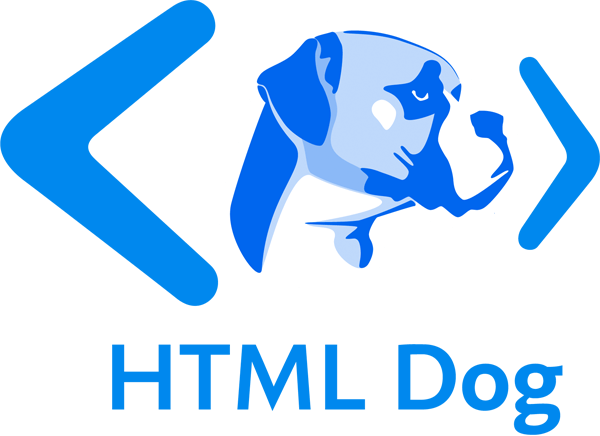Scope
Scope is the term used to mean variable visibility — a variable’s scope is the part of your code that can access and modify that variable. JavaScript has function scope — but what does that mean and how is it different to other languages?
Scope is, in many programming languages, dictated by the block in which the variable was declared. A block, in C-like languages, is anything between two curly braces, or indentation in a language like Python. For example, the b variable below is not available outside the curly braces in which it was declared:
var a = 10;
if (a > 5) {
var b = 5;
}
var c = a + b; // Wouldn't work!
Function scope
JavaScript does things a little differently. It uses function scope. This means that variables are not visible outside of the function in which they were declared. If they are not declared inside a function then they are available globally.
The example below demonstrates that a variable is only visible inside the function in which it was declared. The doSomething function is the variable a’s scope.
var doSomething = function () {
var a = 10;
};
doSomething();
console.log(a); // a is undefined
Comparing this to the block scope example above, you can see that, in JavaScript, b is available:
var a = 10;
if (a > 5) {
var b = 5;
}
var c = a + b; // c is 15
Child scopes
Variables are available in child scopes of their own scope. For example, doSomethingElse is a child of doSomething, so a is visible inside doSomethingElse.
var doSomething = function () {
var a = 10;
var doSomethingElse = function () {
console.log(a); // a is 10
};
doSomethingElse();
};
doSomething();
Functional scope is a very powerful tool for creating elegant code, as we’ll see, but it can take some time to get your head around.
